US stocks staged a strong reversal overnight again. DOW initially dropped to as low as 23881.47 but closed up 0.14% t0 24423.26. The daily range was as large as 619 pts. S&P 500 dropped to 2583.23 but closed up 0.18% at 2637.72. NASDAQ was indeed the star performer, dipping to 6878.98 but closed up 0.74% at 7020.52. Tech stocks are seen as saving markets with Apple gained 0.66%, Qualcomm gained 2.23%, Facebook gained 3.22%.
Treasury yield curve continued to flatten with 5-year yield up 0.13 to 2.709. 10-year yield closed up 0.006 at 2.856. 30-year yield dropped -0.014 to 3.129. Yield curve remains inverted between 3-year (2.738) and 5-year (2.709).
In the currency markets, Sterling remains the weakest one for the week as UK Prime Minister Theresa May conceded and called off Tuesday’s Brexit parliamentary vote. Canadian Dollar is the second weakest. New Zealand Dollar, Australian Dollar and Swiss Franc are the strongest ones.
For today, Dollar turns softer, but Canadian stays weak. Aussie is staying firm for now, while Yen is trying to rally.




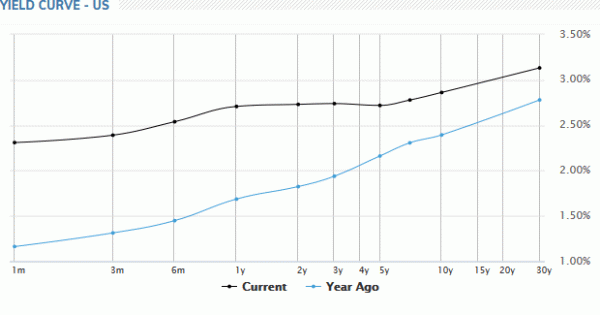
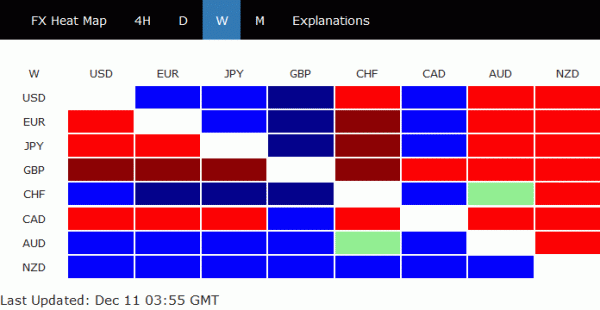
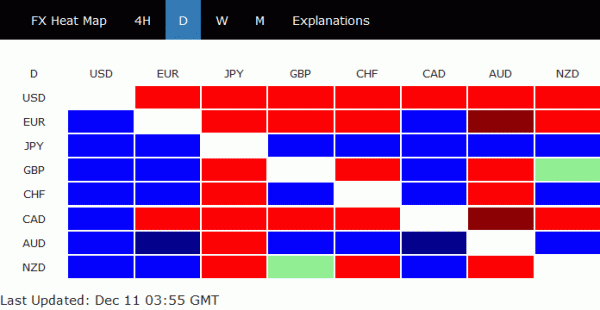
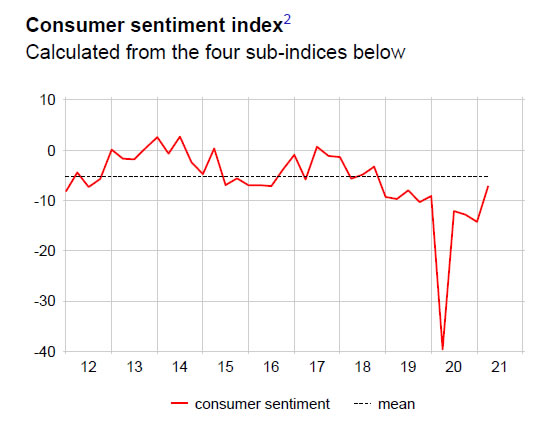
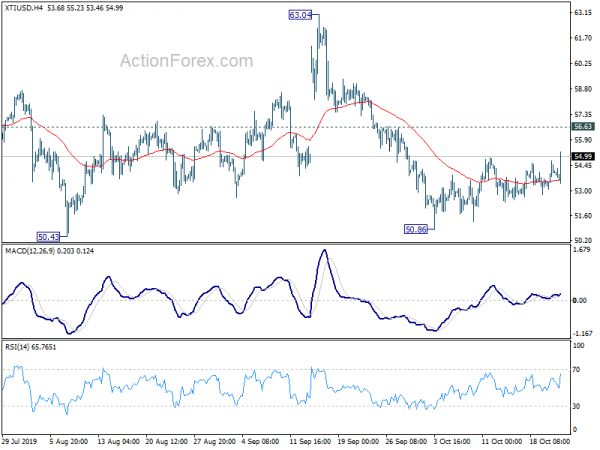
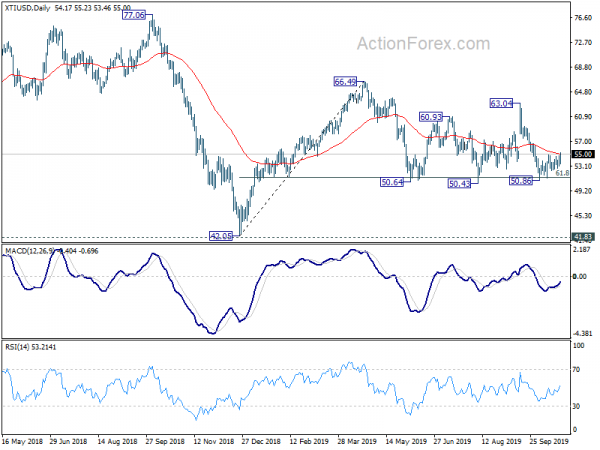
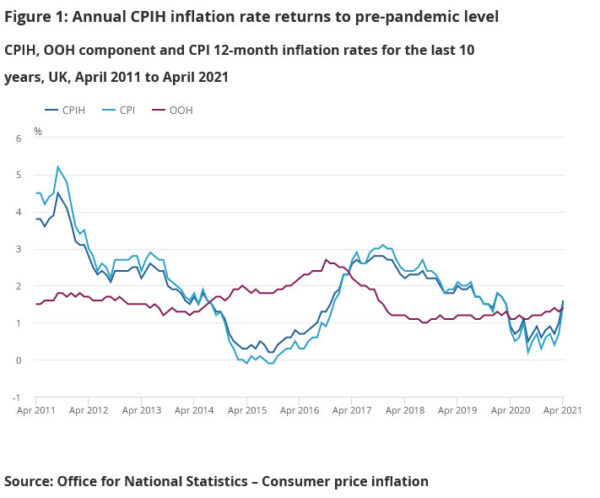
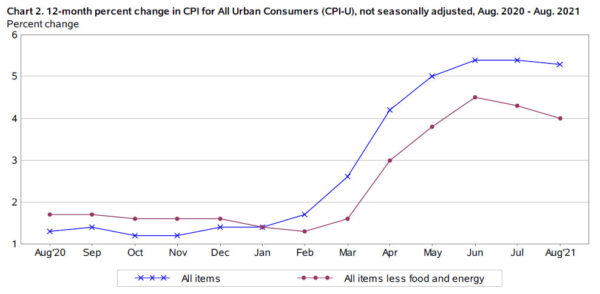
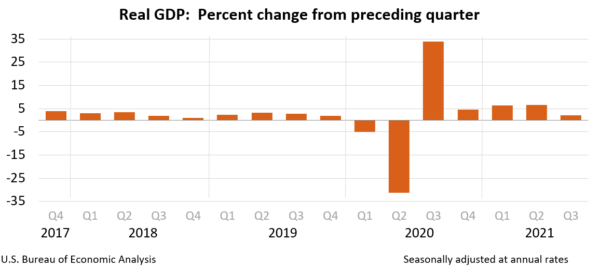
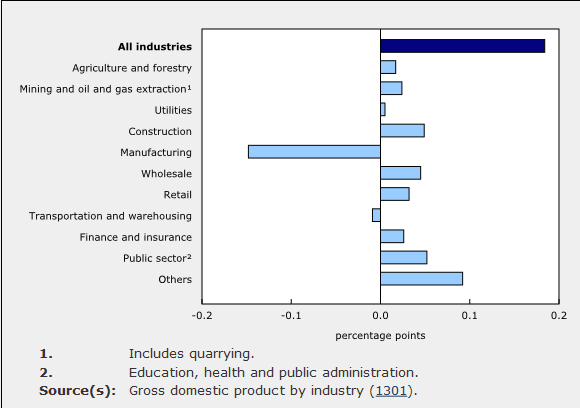
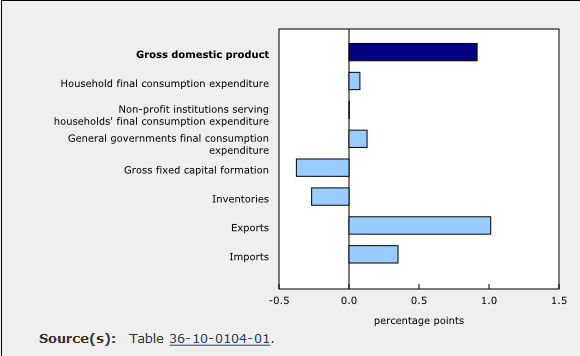
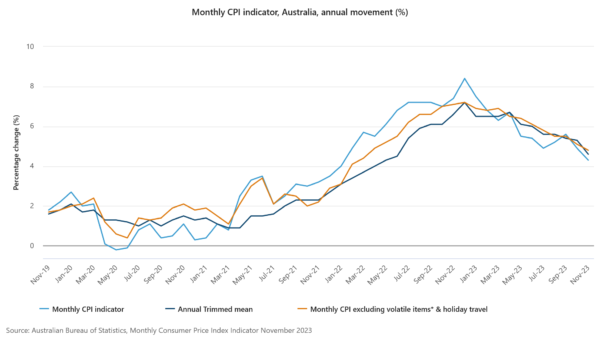
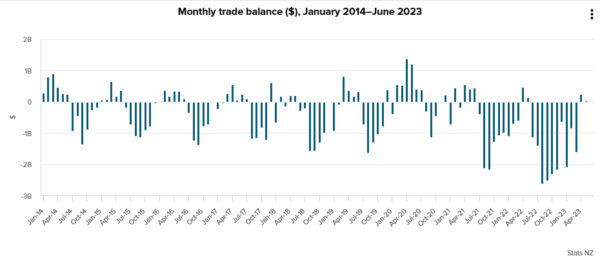
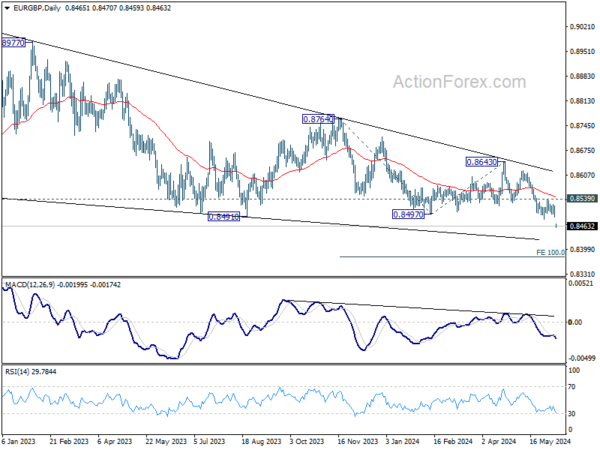
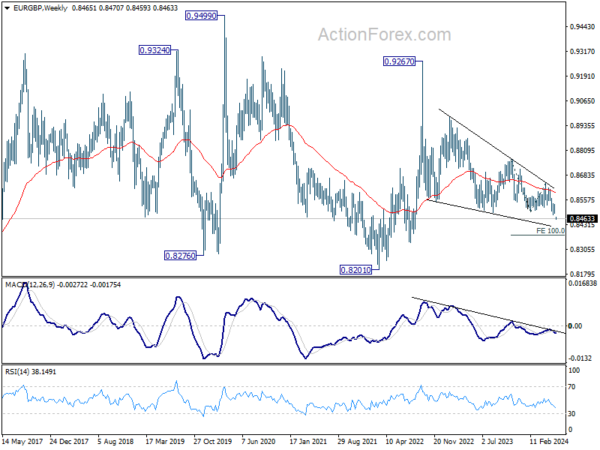
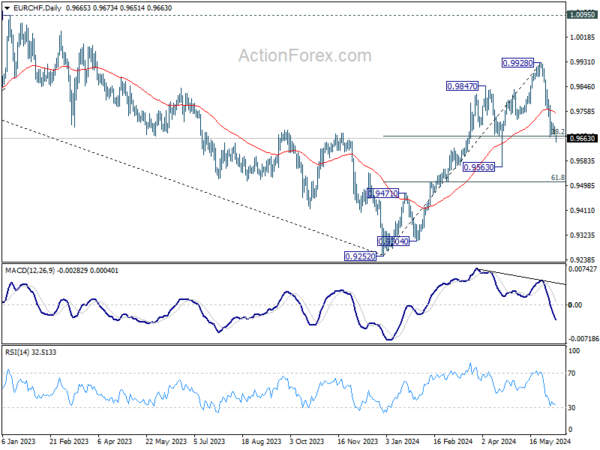
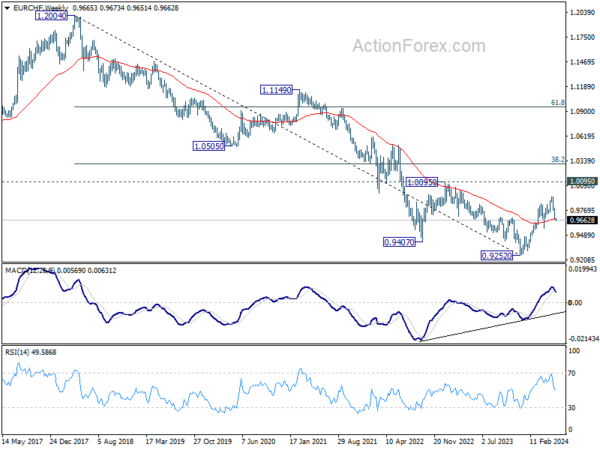

UK CPI rose to 0.5% yoy in Sep, core CPI up to 1.3% yoy
UK CPI accelerated to 0.5% yoy in September, up from 0.2% yoy, matched expectations. Core CPI also jumped to 1.3% yoy, up from 0.9% yoy, matched expectations. RPI rose to 1.1% yoy, up from 0.5% yoy, matched expectations.
PPI input came in at 1.1% mom, -3.7% yoy versus expectation of -0.5% mom, -5.4% yoy. PPI output was at -0.1% mom, -0.9% yoy versus expectation of -0.1% mom, -0.9% yoy. PPI output core was at 0.2% mom, 0.3% yoy, versus expectation of 0.0% mom, -0.4% yoy.